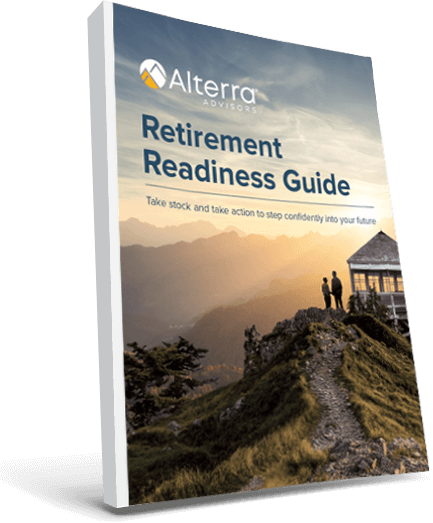Health Savings Accounts, or HSAs, can be a great way to pay for healthcare expenses and save taxes. They provide tax-deductible contributions, tax-free growth, and tax-free distributions when used for qualified health expenses. And, like many strategies, when used properly, you can significantly increase your impact. Here’s what to know about HSAs and how to avoid the biggest HSA mistake.
HSA basics
- 2025 contributions are limited to $4,300 for individuals and $8,550 for families, plus an additional $1,000 if age 55 or over.
- Contributions are tax-deductible today and grow tax-free while in the account.
- Funds can be invested and grow like other retirement accounts.
- Distributions spent on qualified medical expenses are tax-free.
- Unlike retirement accounts, HSAs have no age restrictions – funds can be spent on healthcare today or invested for future needs.
- Funds spent on non-medical expenses incur income tax and a 10% penalty, though this penalty is waived after age 65.
Qualifying for an HSA
To be eligible for HSA contributions in 2025, you must be enrolled in a High Deductible Health Insurance Plan (HDHP) with a minimum deductible of $1,650 for individuals or $3,300 for families. Many employers offering HDHPs also offer HSAs, but if not, you can open and fund one individually if you’re enrolled in the qualifying health plan.
3 tips to maximize your HSA
Though you can spend your HSA funds on healthcare costs in your working years, this is often a mistake because you leave tax-free gains on the table. Instead, try this:
- Make the maximum contributions each year.
- Invest the funds and pay medical bills out of pocket while you’re working rather than spending your HSA.
- Use your HSA for healthcare costs in retirement, giving the tax-free snowball more time to grow.
How big of an impact can this make? Here’s a hypothetical example for illustrative purposes – these results are not guaranteed and your results will vary:
- You contribute $7,200 each year for 20 years.
- You are in a 37% income tax bracket, so you save $2,664 in taxes per year.
- Rather than spending the funds, you invest and earn 7% each year.
- After 20 years, you have more than $315,000 – a $171,000 tax-free gain – to spend on healthcare.
If you are faced with short-term medical expenses and have no other reserves, you can still contribute to an HSA, get the tax deduction, and immediately pay the bill from the HSA. But in most cases, you’re better off investing those funds for retirement.
What if I don’t need my HSA dollars?
If you don’t need your HSA dollars for medical costs in retirement, here are two options:
- Spend the funds on non-medical expenses after age 65. You’ll pay income tax on these distributions, but the 10% penalty is waived – the account becomes like a pre-tax 401(k), where you received a tax deduction for contributions and pay tax on distributions.
- Give your HSA dollars to charity. The charity won’t pay taxes of any kind and you save all the income tax you’d otherwise pay.
HSAs are not an ideal inheritance
Though they have many effective uses, leaving an HSA to your kids isn’t the best option. Here’s why:
- When you die, the HSA is closed, and funds are fully distributed to your beneficiary.
- Funds used to pay healthcare costs related to your death are tax-free.
- All remaining funds are added to your beneficiary’s taxable income in that year – unlike an IRA, there’s no option to stretch HSA distributions over multiple years to spread out the tax bill.
Contributions reduce your taxes today, investing grows your contributions tax-free, and thinking of them as a retirement fund gives that tax-free snowball a chance to grow. While you’re able to spend the funds for other goals or charity, strategic use of your HSA can maximize the benefit today and increase your impact tomorrow!
The “Alterra” name was coined by joining the Latin roots “alter”, the origin of the word “altruism” with “terra” meaning earth or land. This name reflects the company philosophy of “clients before profits” and providing firmly grounded advice.


